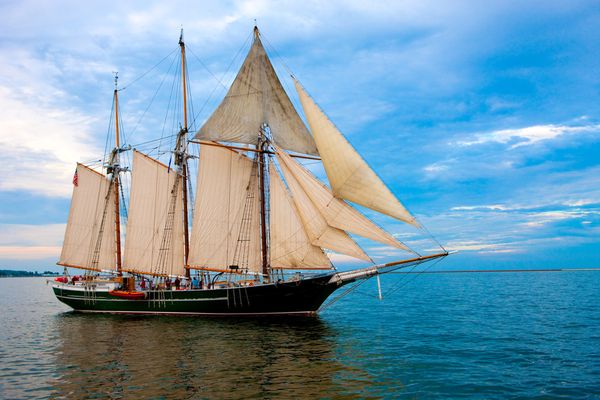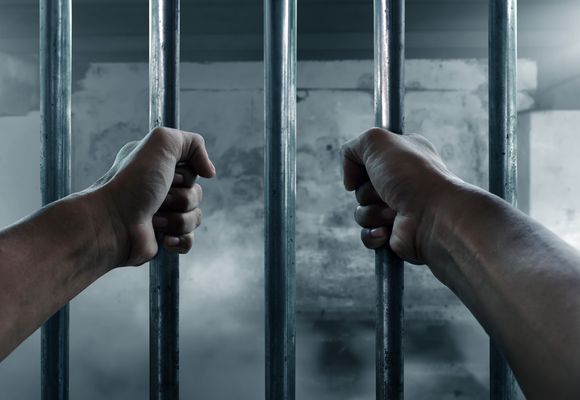1.1.5
The Economy & Social Structure
The Economy
The Economy
England was one of the wealthiest countries in Europe.


Trade and climate
Trade and climate
- England was one of the wealthiest countries in Europe.
- It had strong trading ties with other countries around the continent.
- Trade centred around towns in England.
- The climate in England was ideal for both crops and livestock.


Maritime connections
Maritime connections
- The North Sea connected England to Finland, Sweden, Norway & Denmark (Scandinavia) for trade.
- The English Channel connected the country to continental Europe, namely Normandy in France, Belgium and the Netherlands.


Taxes
Taxes
- The king had a sophisticated system for collecting taxes.
- This benefited the crown, the nobles, and the Church, which shared the proceeds from the taxes raised by the king.
Aristocracy and Society
Aristocracy and Society
The Anglo-Saxon aristocracy and the society beneath it looked different to the Norman model which replaced it.


Thegns
Thegns
- Thegns were local lords during the Anglo-Saxon era.
- Under the Normans, thegns became tenants.
- Normans inherited the land when the thegns died, not the thegns’ offspring (children). Thegns who disobeyed their Norman masters had their land taken away.


Peasants
Peasants
- Under the Anglo-Saxons there were a large number of 'ceorls' (free peasants). This group became much rarer under the Normans.
- Many peasants did not notice the difference between the years under Anglo-Saxon and then Norman rule.


Slaves
Slaves
- 10% of Anglo-Saxons had been slaves. The Normans disagreed with slavery and freed many of them.


Earls
Earls
- Earls and their earldoms were reduced in importance as they became much smaller.
- As tenants-in-chief, earls were now dependent on the king.
1Anglo-Saxon England & The Norman Conquest, 1060-66
1.1Anglo-Saxon Society
1.2Edward the Confessor & The Succession Crisis
1.3The Rival Claimants for the Throne
2William I in Power: Securing the Kingdom, 1066-87
2.1Establishing Control
2.2Causes & Outcomes of Anglo-Saxon Resistance
2.3The Legacy of Resistance to 1087
2.4Revolt of the Earls, 1075
3Norman England, 1066-88
3.1The Feudal System & the Church
3.2Norman Government
3.3The Norman Aristocracy
Jump to other topics
1Anglo-Saxon England & The Norman Conquest, 1060-66
1.1Anglo-Saxon Society
1.2Edward the Confessor & The Succession Crisis
1.3The Rival Claimants for the Throne
2William I in Power: Securing the Kingdom, 1066-87
2.1Establishing Control
2.2Causes & Outcomes of Anglo-Saxon Resistance
2.3The Legacy of Resistance to 1087
2.4Revolt of the Earls, 1075
3Norman England, 1066-88
3.1The Feudal System & the Church
3.2Norman Government
3.3The Norman Aristocracy
Unlock your full potential with Seneca Premium
Unlimited access to 10,000+ open-ended exam questions
Mini-mock exams based on your study history
Unlock 800+ premium courses & e-books